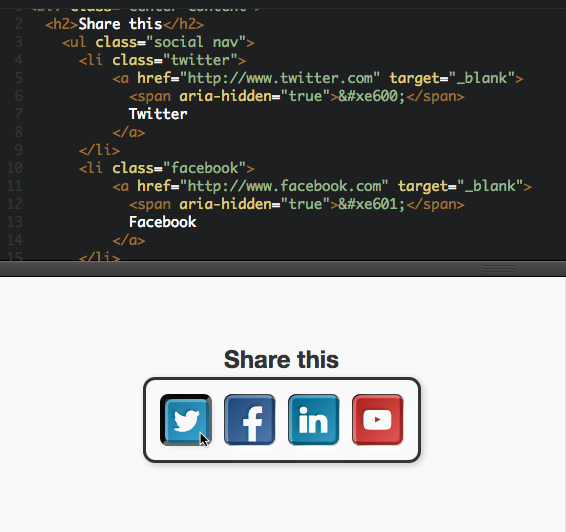@scottgonzalez :
Look at how long jQuery and jQuery UI supported IE6. Also, concentrating on the Western market isn't a goal for us.
If you consider the East-Asian market essential, the decision of the jQuery and jQuery UI teams to drop IE6 was early rather than late.
It's less half a year ago since IE6 support in China had dropped to an acceptable threshold (about 5%) to drop support for IE6 if the Chinese market is a market you wish to support. As late as March 2014 (see map below), 1/4 of all Chinese Internet users were still using IE6.
That's why I decided only recently to no longer support IE<8 in future versions of Cascade Framework, which should accelerate the release of v2.
IMO the decision not to ignore the lack of support for @font-face on browsers specific to budget phones with low memory still makes less sense than continuing to support IE6 today, as I explained in earlier comments.
 IE6 usage worldwide in March 2014, according to The Internet Explorer 6 Countdown
IE6 usage worldwide in March 2014, according to The Internet Explorer 6 Countdown

Rather than create our own icons, we should pick an existing icon set. In the planning meeting, everyone agreed to use SVG icons and Google's Material Design icons were suggested. We should review a few icon sets and make a decision.
We should also document the process for using custom icons.